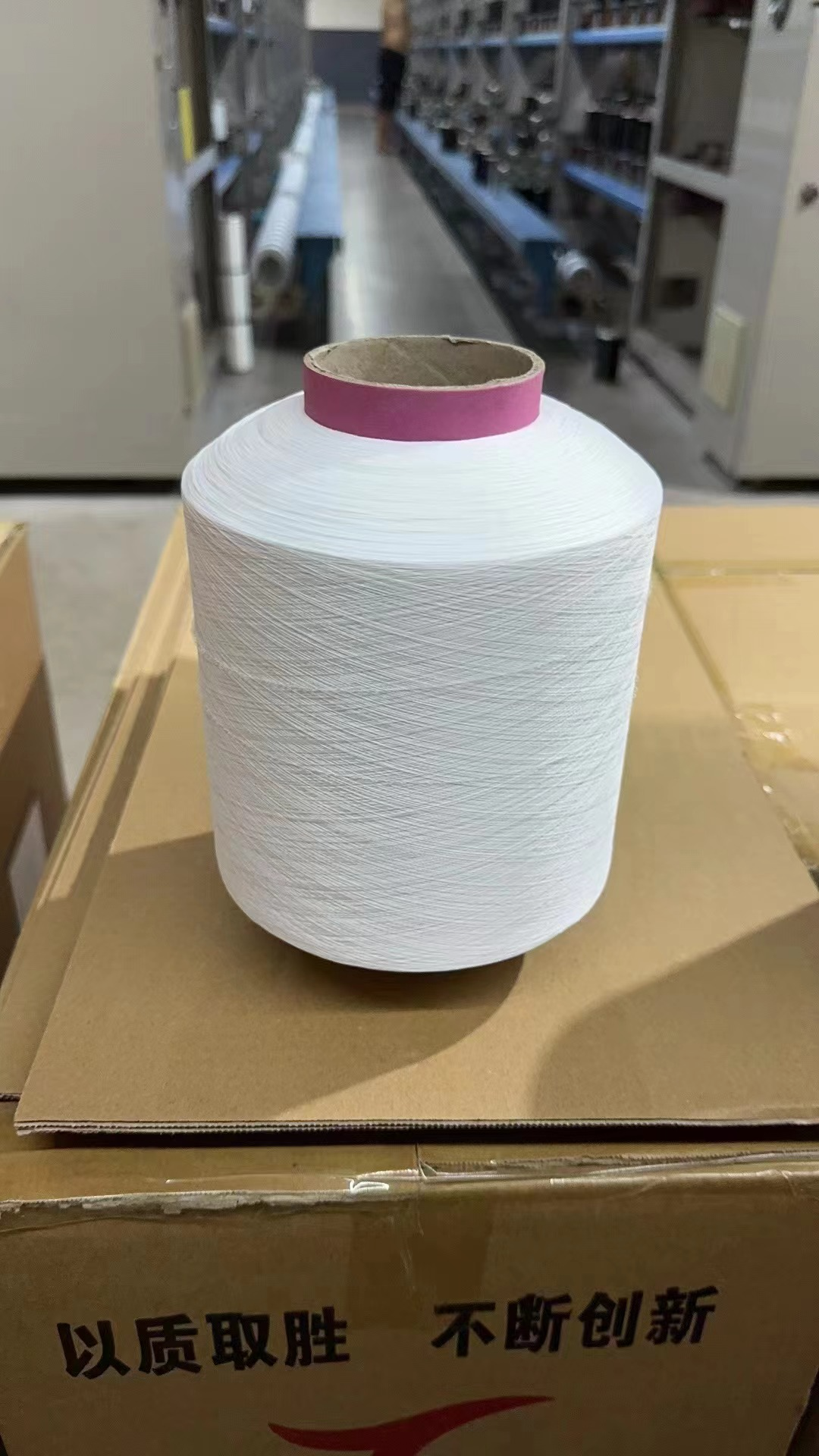Email format error
Email cannot be empty
Email already exists
6-20 characters(letters plus numbers only)
The password is inconsistent
Email format error
Email cannot be empty
Email does not exist
6-20 characters(letters plus numbers only)
The password is inconsistent

News

The Primary Materials and Manufacturing Process of Mechanical Covered Yarn
Introduction:
Mechanical covered yarn is a versatile textile material widely used in the textile industry. It is known for its durability, versatility, and aesthetic appeal. In this article, we will explore the primary materials used in making mechanical covered yarn and delve into the manufacturing process behind it.
Primary Materials:
The production of mechanical covered yarn involves two main components: the core yarn and the covering filament. The core yarn provides the structural strength, while the covering filament adds texture, color, and aesthetic value to the final product.
1. Core Yarn:
The core yarn is typically made of natural or synthetic fibers. Some common choices for core yarn include cotton, polyester, nylon, rayon, and silk. Each material offers different characteristics such as strength, elasticity, and moisture absorption. The selection of the core yarn depends on the desired properties of the final yarn and the intended application.
2. Covering Filament:
The covering filament is what gives mechanical covered yarn its unique texture and appearance. It is usually a filament yarn made of various materials, such as polyester, nylon, metallic fibers, or even natural yarn like silk or cotton. These materials can be selected based on the desired sheen, color, and texture of the finished yarn.
Manufacturing Process:
The production of mechanical covered yarn involves several key steps:
1. Core Yarn Preparation:
The core yarn is first carefully selected based on the desired properties of the final yarn. It is then processed through various steps, such as cleaning, twisting, and winding onto bobbins or cones. This prepares the core yarn for the next stages of production.
2. Covering:
The covering process involves wrapping the core yarn with the covering filament. This can be done using machinery specifically designed for mechanical covering, which intertwines the filament around the core yarn using a series of rotating guides and rollers. The tension and speed of the machinery can be adjusted to achieve the desired coverage ratio and appearance.
3. Heat Setting:
Once the covering is complete, the yarn goes through a heat-setting process. This helps stabilize and lock the fibers in place, ensuring the yarn retains its shape and appearance. The heat setting process can vary based on the materials used, but commonly involves passing the yarn through heated plates or chambers at predetermined temperatures and durations.
4. Finishing:
Finally, the yarn is subjected to finishing processes such as steaming, washing, and drying. These processes further enhance the appearance, softness, and integrity of the mechanical covered yarn. After this stage, the yarn is ready to be wound onto cones or spools for distribution and use in various textile applications.
Conclusion:
Mechanical covered yarn is a popular choice in the textile industry due to its durability, texture, and aesthetic appeal. The primary materials used in its production, including the core yarn and the covering filament, greatly influence the final characteristics of the yarn. The manufacturing process, involving careful selection, covering, heat setting, and finishing, ensures the production of high-quality mechanical covered yarn that finds versatile applications in fashion, home textiles, and other industries.

